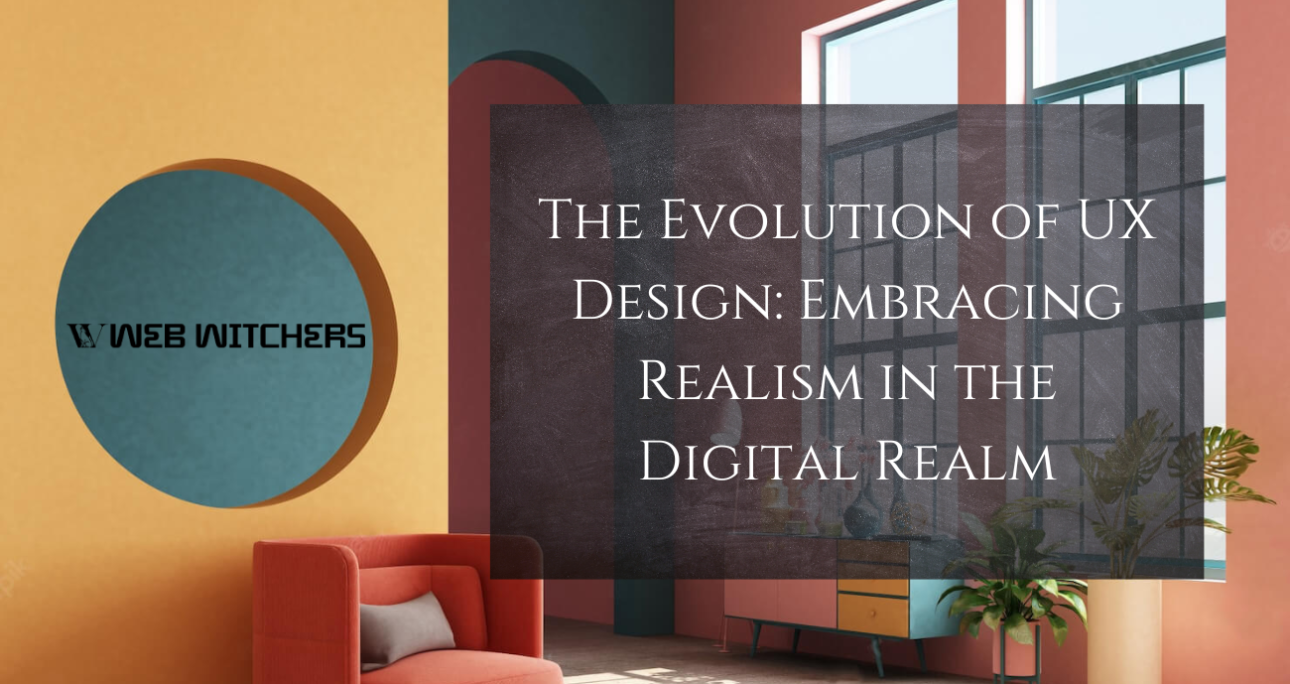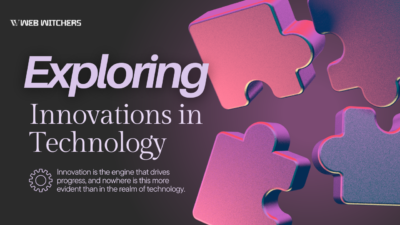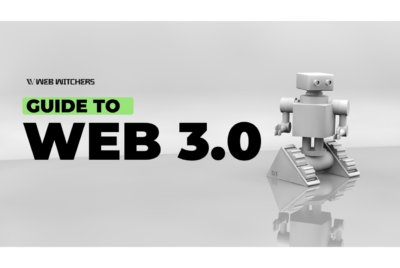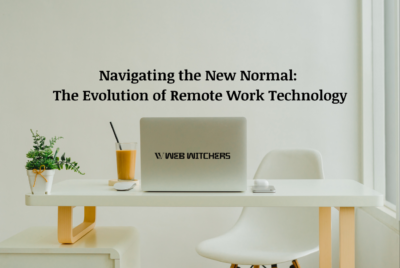In the ever-evolving landscape of user experience (UX) design, one trend is becoming increasingly prominent: the shift towards realism. This movement is characterized by designs that prioritize authenticity, naturalism, and immersion to create more intuitive and engaging user experiences. Let’s delve into why this shift is happening and what it means for the future of UX design.
The Rise of Realism in UX Design
Traditionally, UX design has often focused on creating sleek, minimalist interfaces that prioritize functionality and efficiency. While these designs have their merits, there’s a growing recognition that they can sometimes feel sterile or impersonal. This is where realism comes in.
Realism in UX design aims to replicate the physical world more closely, creating interfaces that feel familiar and intuitive to users. This can include using lifelike textures, shadows, and animations to mimic real-world objects and interactions. By doing so, designers can create more immersive experiences that resonate with users on a deeper level.
Why Realism Matters
Enhancing User Engagement
Realistic designs can captivate users by providing a more engaging and interactive experience. When interfaces mimic the physical world, users can more easily understand how to interact with them, leading to increased engagement and satisfaction.
Building Trust and Credibility
Authenticity breeds trust. By incorporating realism into UX design, companies can build credibility with their users. When interfaces feel genuine and reliable, users are more likely to trust the brand and feel confident in their interactions.
Improving Usability
Realistic designs can also improve usability by reducing cognitive load. When interfaces are intuitive and familiar, users can navigate them more effortlessly, leading to a more efficient and enjoyable user experience.
Practical Applications of Realism in UX Design
Material Design
Google’s Material Design is a prime example of how realism can be integrated into modern UX design. By using shadow, depth, and motion to mimic real-world objects and interactions, Material Design creates interfaces that are both beautiful and functional.
Augmented Reality (AR) and Virtual Reality (VR)
AR and VR technologies offer exciting opportunities for incorporating realism into UX design. These immersive technologies allow designers to create virtual environments that closely resemble the physical world, providing users with truly engaging and interactive experiences.
Natural Language Processing (NLP) and Voice User Interfaces (VUI)
With advancements in NLP and VUI, designers can create interfaces that feel more conversational and human-like. By mimicking natural language patterns and speech, these interfaces can provide a more realistic and intuitive user experience.
The Future of Realism in UX Design
As technology continues to evolve, the possibilities for incorporating realism into UX design are limitless. From advancements in AI and machine learning to the proliferation of AR and VR technologies, the future looks bright for designers who embrace realism as a fundamental principle of their craft.
In short, the shift towards realism in UX design represents an exciting evolution in the field. By prioritizing authenticity, naturalism, and immersion, designers can create more engaging, intuitive, and memorable user experiences. As we look to the future, it’s clear that realism will play an increasingly important role in shaping the next generation of digital interactions.
Conclusion
As technology and user expectations continue to evolve, UX design is shifting towards realism to create more immersive, engaging, and intuitive digital experiences. By embracing realism and leveraging advanced technologies, designers can create interfaces that not only look good but also feel natural and intuitive to users. As we move forward, it will be exciting to see how the trend towards realism continues to shape the future of UX design and the digital landscape as a whole.




